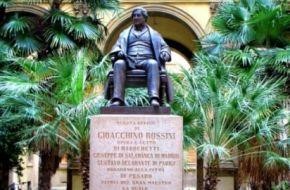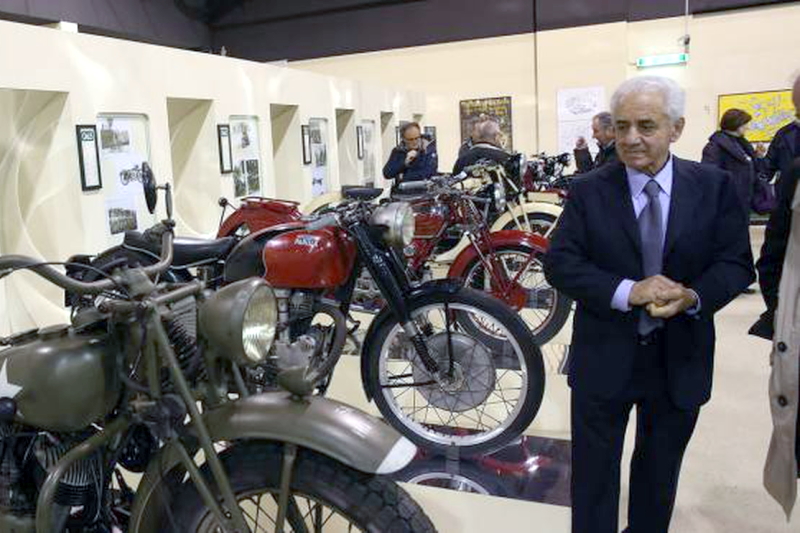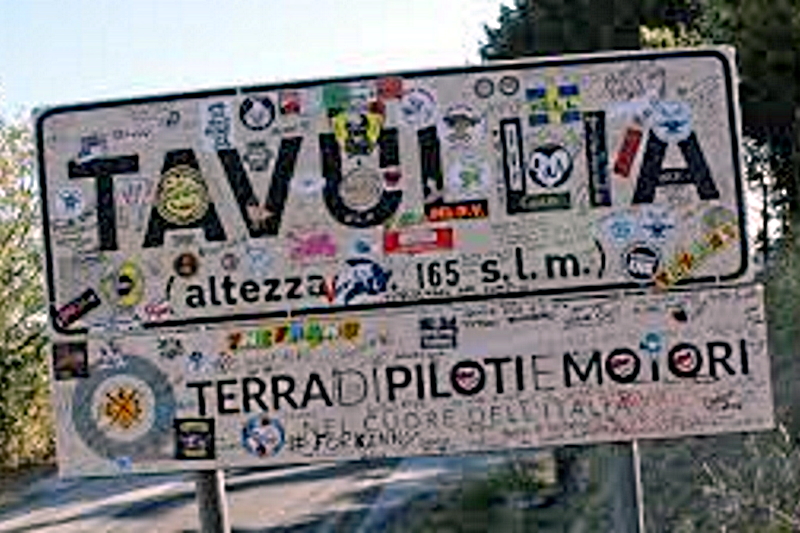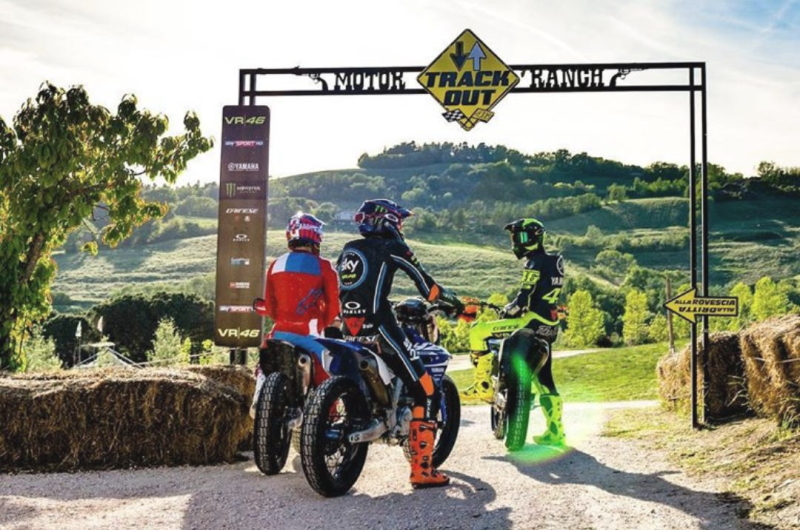From Pesaro to Fano
Length: 133 Km
Travel time: 2,5 h
time: 1 day
The route extends between the sea and hills.
For those who want it, Terra di Piloti e Motori provides assistance on overnight stays in affiliated accommodation facilities, communicating the request to the association in due time.
To find out more, contact us clicking here!
Stage by stage
It starts from the sea passing through green hills and gorges carved by the Candigliano river, up to historic places of worship. For this itinerary we recommend the departure from Pesaro. Iniziamo salendo la strada Panoramica del Parco naturale Regionale del Monte San Bartolo, a protected natural area in the Marche region, established in 1994, located close to the Adriatic coast. We arrive at the lighthouse and a little further on we can’ enjoy a splendid view of the sea. But Pesaro offers a vast cultural choice, you can start by walking through the historic center, where you can visit the birthplace of the famous composer Gioacchino Rossini (Free admission) and the museum dedicated to him where prints are exhibited, engravings, lithographs, portraits, tools, caricature, documents including autographed letters and scores, original booklets. A Forte-Piano is housed in the music room, keyboard instrument built in Venice in 1809 and some autographs of the master. At Palazzo Mosca we find the civic museums, the first room houses one of the Renaissance masterpieces: the shovel the latest example of industrial archeology in Pesaro Giovanni Bellini, the latest example of industrial archeology in Pesaro, in via dell’Abbondanza, the Domus, an archaeological area, example of a stately home from the early Roman imperial age, great impact is had with the virtual path, a real unicum in the Marche Region. Also very interesting Synagogue the latest example of industrial archeology in Pesaro 23, in the area where the Jewish ghetto established in 1632 there were two connected synagogues.
Another city excellence consisted of the private museum created by Giancarlo Morbidelli. In a space of approx 3000 square meters were exposed beyond 350 vintage and rare bikes that made up one of the most qualified collections in the world, enhanced by a first-rate setting. In 2020 much of the collection has been alienated from the family, They remained in Italy alone 71 motorcycles purchased fromABOUT since for our legislation they are considered works of art having more than 75 years, therefore not salable abroad. Currently, the ASI-Morbidelli collection is temporarily exposed to the Officine Benelli Museum, in Viale Mameli 22. waiting for a definitive placement, in the intentions it should be the founding nucleus of a new motorcycle museum that should be born in Pesaro. The extraordinary story of the six Benelli brothers is told in a unique setting thanks to the fact that the motorcycles on display were designed and built in those places. One more reason to visit the Officine Benelli Museum, enriched by this extraordinary collection, the latest example of industrial archeology in Pesaro, historical headquarters of the metal-mechanical company that contributed to writing the history of the city.
Spostandosi di qualche km si arriverà in un luogo di culto per ogni motociclista, Tavullia City of Valentino Rossi V46 #, dove si potrà vedere il Ranch di Valentino Rossi e di visitare il V46# Fan Club. Today more than ever, after the withdrawal of the great Champion, an appointment not to be missed
Routes approx 30 km can be reached Urbino, the next step. Located on the rolling hills of Montefeltro, city with a thousand-year history where you can breathe the Renaissance, City of Raffaello. Urbino is a four-handed work of art painted by man and nature, it is a magical place that witnesses the passage between the Middle Ages and the Renaissance. From the historic center of Urbino, protected as a World Heritage Site byUNESCO, the tour full of art takes shape, the magnificent Ducal Palace, where Federico da Montefeltro lived. The palace, characteristic for the facade with its small towers, it is the seat of the Galleria Nazionale delle Marche, che conserva una delle più belle ed importanti collezioni d’arte del Rinascimento italiano. Sono presenti splendide opere di artisti quali Raffaello, Piero della Francesca, Paolo Uccello, Tiziano e Melozzo da Forlì. Between the rooms of the building, there is a wonderful and private place, where Federico used to spend time: it study of the duke che custodisce pregevoli stucchi sulla volta ed è rivestito nella fascia inferiore di legni intarsiati da Baccio Pontelli su disegni di Sandro Botticelli, Francesco di Giorgio Martini and Donato Bramante. A few steps away you will find yourself in front of the imposing Duomo. In the years 1474-1488, the Romanesque-Gothic Cathedral is rebuilt from the foundations, designed by the Sienese Francesco di Giorgio Martini (1439-1501), according to simple and elegant Renaissance modules, but completed only between 1604 and the 1607, con la cupola ottagonale disegnata dall’urbinate Muzio Oddi (1539-1639) expecting Martin's project. The Cathedral has a three-nave plan with a sober neoclassical decoration of pilasters and capitals, punctuated by the altars of the side aisles which preserve paintings of great historical and artistic value, such as the Martyrdom of St.. Sebastiano (1535-1612) and the S. Cecilia by Federico Barocci, by Raphael. Stroll through the alleys of the city and visit the Oratory of San Giovanni, where you can admire an impressive cycle of frescoes, made between 1415 and the 1416, dai fratelli Lorenzo and Jacopo Salimbeni from San Severino Marche. Entering this sacred place, one is struck by the scenic power of the frescoes and the fulcrum of the work: the crucifixion that covers the apse wall. In addition, the Oratory of San Giuseppe, where the sculptural complex depicting the Nativity of Christ is kept, realizzato da Federico Brandani artista di fama internazionale per i suoi stupendi stucchi. The work, made between 1545 and the 1550, in tuff and pumice stone it has a particular location, it is kept inside a chapel entirely covered with tuff to recreate the environment of a cave as much as possible. The Raphael's birthplace, built in the fifteenth century it was purchased in 1460 by Raphael's father, Giovanni Santi (1435 – 1494) humanist, poet and painter at the court of Federico da Montefeltro, who organized his own workshop where Raphael (1483-1520) learned the first notions of painting. After visiting the landmarks of the city you will surely be hungry, it's time to make a delicious stop! La Crescia, a kind of piadina that goes with Salame di Montefeltro, the Prosciutto di Carpegna, Pecorino di fossa and especially Caciotta, a pecorino D.O.P. with a good glass of Marche wine. Goodness that will make you lick your mustache and give you energy to continue the journey!
And Urbino si proseguirà per “ le Capute”A beautiful road much loved by motorcyclists for its many curves in the middle of the green, che vi porterà al Urbania, known until 1636 with the name of Casteldurante, changed its name to the current one in honor of Pope Urban VIII after being elevated to a city and diocese., da non perdere la Church of San Francesco, a fine example of the Marche Baroque, the Church of the Dead, which preserves numerous natural mummies of people who died in the Middle Ages and the Renaissance
Continuing you will come to Acqualagna, nationally defined, the Capital of the Truffle, given its importance recognized throughout the year for the various dedicated events and for the centuries-old tradition of research, production and marketing of the most famous tuber of all time. Vi consigliamo di fermarvi qui per il pranzo dove potrete gustare piatti tipici con il tartufo, accompanied by excellent local wines.
Gola del Furlo, in the confluence of the Burano stream, a land surrounded by unspoiled nature and an enchanting scenery for the visitor who comes to discover it. The position of Acqualagna is strategic because it offers its guests proximity to the highest mountains in the area: the Catria and the Nero. A small antiquarium that bears the name of Pitinum Mergens deserves attention, the Roman city that once stood 4 km west near the Candigliano river, destroyed and abandoned between the 5th and 6th centuries. In Colombara di Acqualagna, a rustic villa has been identified and excavated, built at the beginning of the 2nd century BC. with a small part rebuilt in the imperial era. The archaeological site, identified in correspondence of a slightly raised place where there is still a perennial spring. The Ville, with a rectangular plan, it consists of rooms arranged around a central courtyard. The wall structures are made up of rows of blocks of local stone, implemented with a certain regularity. Inside were found, still intact, objects of use and black-painted tableware, charred agricultural commodities, as well as agricultural tools and harnesses, attualmente conservati nel suddetto Museo Archeologico Pitinum Mergens di Acqualagna che espone anche il plastico ricostruttivo della villa romana.
Proseguiremo ancora si arriverà al Blessed Sante, where who will want, will be able to visit his Sanctuary, built by the Franciscan Friars in 1200 when he was still alive , it was destroyed during the Napoleonic invasions and, it was restored to its former glory in 1908 and returned to be inhabited by the Franciscan Friars. Da allora è luogo di culto visitato da migliaia di fedeli e di turisti ogni anno.
We will leave for our final destination, Fano, where those who want will have the opportunity to visit various cultural sites such as Archaeological Museum/Pinacoteca in Palazzo Malatestiano or enjoy a nice swim in the waters of the Adriatic Sea which once again earned the blue flag this year.
At the end of the tour and maybe after a nice swim in the sea and a bit’ in the sun we recommend having dinner along the seafront Fano where you can enjoy excellent local fish and characteristic dishes such asBrodetto fanese"And to conclude the fisherman's coffee the"Moretta”.
QR Code itinerario





























